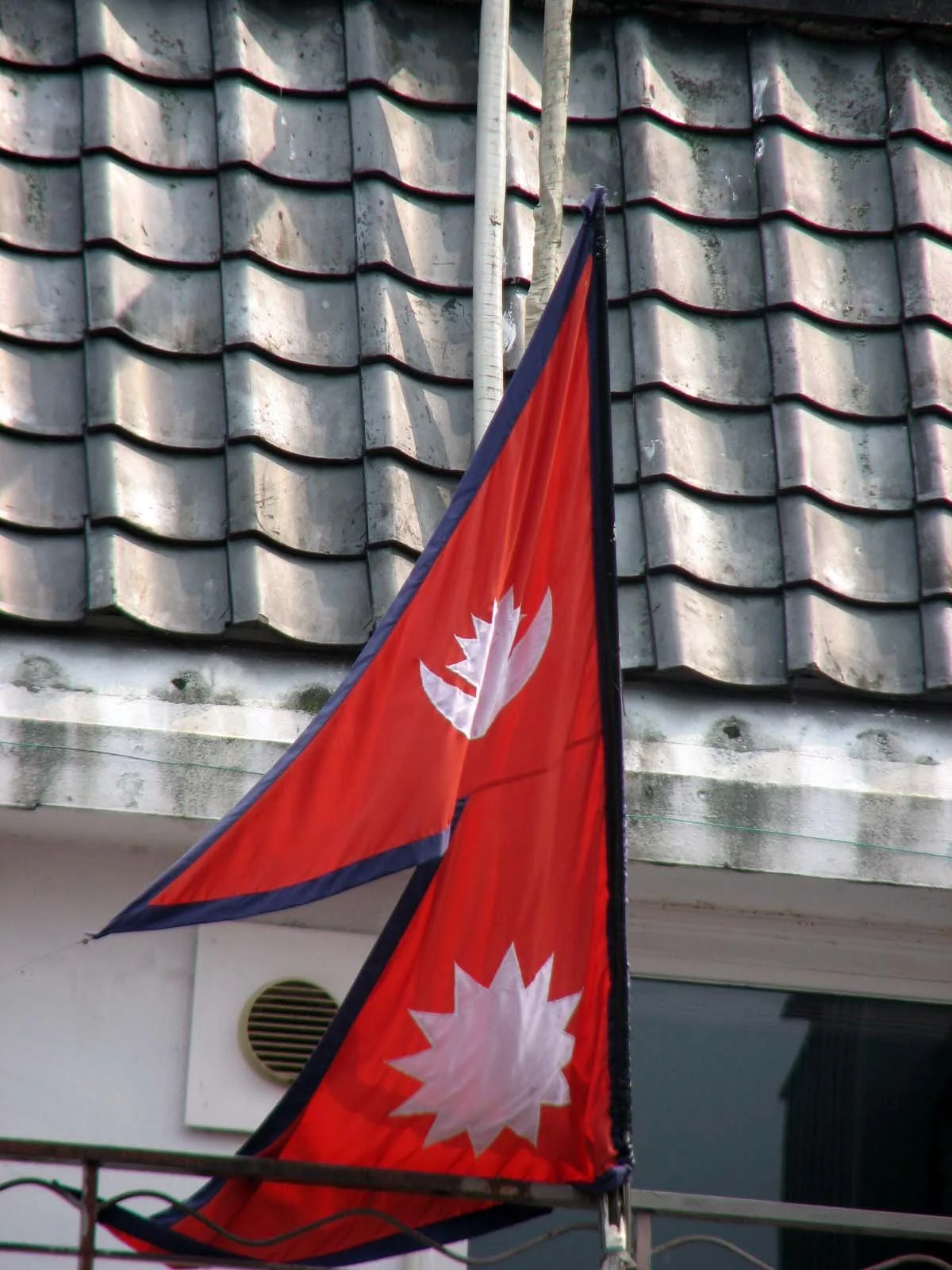“Gen-Z” Overthrows Nepali Government
Sushila Karka was appointed the new Prime Minister after the public weighed in on Discord. She was the first female chief justice and now, at 73, becomes Nepal's first female prime minister. Photo courtesy of Mshades via Flickr
Marist University. Kathmandu, Nepal. One borders the Hudson, the other the Himalayas. 7,400 miles separates them. On opposite sides of the world, what do we have in common?
Youth in America face a growing college-grad unemployment rate, with AI replacing many entry-level jobs. In response to an underwhelming and uncertain job market, many Americans are taking their talents and experience elsewhere. Meanwhile, inflation and the high cost of living are affecting many Americans, with a growing wealth gap overshadowing the country’s economic state.
Nepal hosts many of these same issues, however, with much more severity.
Every day, 2,000 men and women leave the country in search of better livelihoods outside of the country, often for grueling, low-paid labor. Nepalis are highly represented as migrant workers in India and foreign mercenaries fighting for Russia, and many also worked (and died) building the World Cup 2022 stadiums for Qatar. The average was one death every two days.
Remittances, which are sending money back to one’s family in their home nation, account for one-third of Nepal’s GDP. For those still in Nepal, the youth unemployment rate is high, with many of the unemployed working in the informal sector as street cleaners or porters.
Politicians have also been accused of acting detached from the public they serve. Earlier this month, a Provincial Minister’s SUV was involved in a hit-and-run with an eleven-year-old girl. When asked about it, Nepal’s now former Prime Minister K.P. Sharma Oli labelled it as a “normal accident." The girl thankfully survived.
And then there is social media.
On apps like Instagram, children of Nepali politicians would flaunt their lavish lifestyles, like a Prada bag worth nearly double the average yearly income of Nepal’s population.
Using the hashtags #NepoKids and #NepoBabies, users called out and criticized these videos. “Nepo Kids show off their lifestyle… but never explain where the money comes from,” commented one TikTok user.
This growing trend was halted after the Nepali government imposed a social media ban on 26 platforms, claiming they failed to follow government guidelines.
Anti-corruption protesters took to the streets, calling themselves “Gen-Z,” though some members belong to other generations, like millennials. Shots were fired when some tried breaching the parliament walls. 19 were dead after the first day.
In the next two days, Prime Minister Oli resigned, fires were set to multiple government buildings like the Supreme Court and Parliament, and former and current politicians, along with their wives, were beaten and set on fire in their homes. The death toll now stands at about 70.
Recent South Asian anti-corruption protests, which resulted in government changes like those in Bangladesh and Sri Lanka, have seen little change. Well-entrenched caste systems and recent democratization (Nepal’s ruling dynasty of ~250 years ruled all the way until 1990) make it difficult to enact progress.
Yet, many argue Nepal has succeeded in enacting progress. According to the World Bank, between 1996 and 2003, Nepal was succeeding at ending extreme poverty. More representatives were elected from the lowest caste, and homosexuality was decriminalized in 2007. For the youth of Nepal who made their voices clear earlier this month, perhaps the progress was not fast enough.
Sushila Karki was sworn in as the interim prime minister after a vote took place on Discord, a messaging app. The president officially confirmed this.
Since the protests have broken out, it is unclear what is to happen to Nepal. Elections are set for March, and the president recently amended the Voting Rights Act to enfranchise more young people.
The future of Nepal is to be determined, the outcome of which will probably have no consequence for a majority of Americans. But the protests that occurred, and how they occurred, demonstrate the importance of social media as a window into a wealth divide, a way to organize, and a line a government should not cross. It is also one of the first, and certainly not the last, examples of Gen Z refusing to be complicit in a world increasingly bereft of opportunity.
